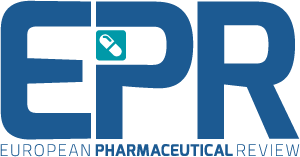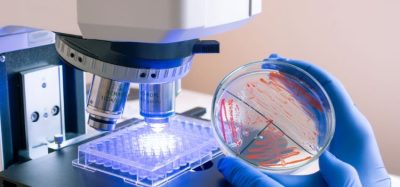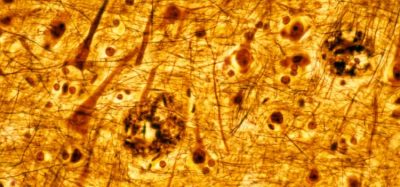Shift to automated and sustainable options shaping environmental monitoring market
Posted: 28 March 2025 | Catherine Eckford (European Pharmaceutical Review) | No comments yet
Addressing key challenges in the pharmaceutical and biotechnology environmental monitoring market, such as high technology costs, while leveraging key market drivers is critical for the sector to thrive, analysis suggests.


The global pharmaceutical & biotechnology environmental monitoring market is expected to expand with a CAGR of 6.2 percent between 2025 and 2031, according a report by Lucintel.
Several factors are fuelling this growth, including greater adoption of advanced innovations such as cloud technology, which are “driving efficiencies and accuracy”, the research highlighted.
Integration of other innovations such as Internet of Things (IoT) and artificial intelligence (AI) are “transforming environmental monitoring by enabling real-time data collection and analysis, enhances accuracy, efficiency, and compliance, allowing for proactive management of environmental conditions and rapid adaptation to changes”, Lucintel noted.
The report also shared that other market influences include stricter regulation and a focus on green technologies, supporting greater environmental sustainability in the industry.
Key technologies and trends in the pharmaceutical environmental monitoring market
[IoT and AI] are transforming environmental monitoring by enabling real-time data collection and analysis, enhances accuracy, efficiency, and compliance”
Automation and robotics are seeing greater adoption for environmental monitoring, specifically to “streamline processes and reduce human error”, the authors explained. This is because “automated systems can perform repetitive tasks such as data collection, sample analysis, and environmental testing with high efficiency and consistency”.
Moreover, the report stated that another trend is development of advanced compliance tools, which enable “automated reporting, real-time compliance tracking, and integration with regulatory databases”, supporting companies in the sector with their regulatory compliance.
Main market challenges
While advanced technology such as automation can help to meet regulatory criteria, the report noted that complex regulatory requirements dually present challenges for the market, alongside high costs of technology. Lastly, high volumes of data generated by advanced monitoring systems can raise issues in managing this digital information, thereby impacting growth of the pharmaceutical environmental monitoring market.
Yet positively, the report acknowledged several opportunities for advancement of the market. This included investing “in high-precision cleanroom monitoring technologies [which] enhances contamination control, regulatory compliance, and operational efficiency”. Additionally, the authors shared that in managing water quality, technology innovations for sensors and data analytics offer opportunity for better management, “leading to more reliable and efficient monitoring solutions”.
According to the report, key players in the current pharmaceutical and biotech environmental monitoring market include:
• Thermo Fisher Scientific
• Merck
• Eurofins Sinensis
• Lonza
Related topics
Biopharmaceuticals, Cleanrooms, Drug Manufacturing, Drug Safety, Environmental Monitoring, Industry Insight, Manufacturing, Regulation & Legislation, Research & Development (R&D), Technology









